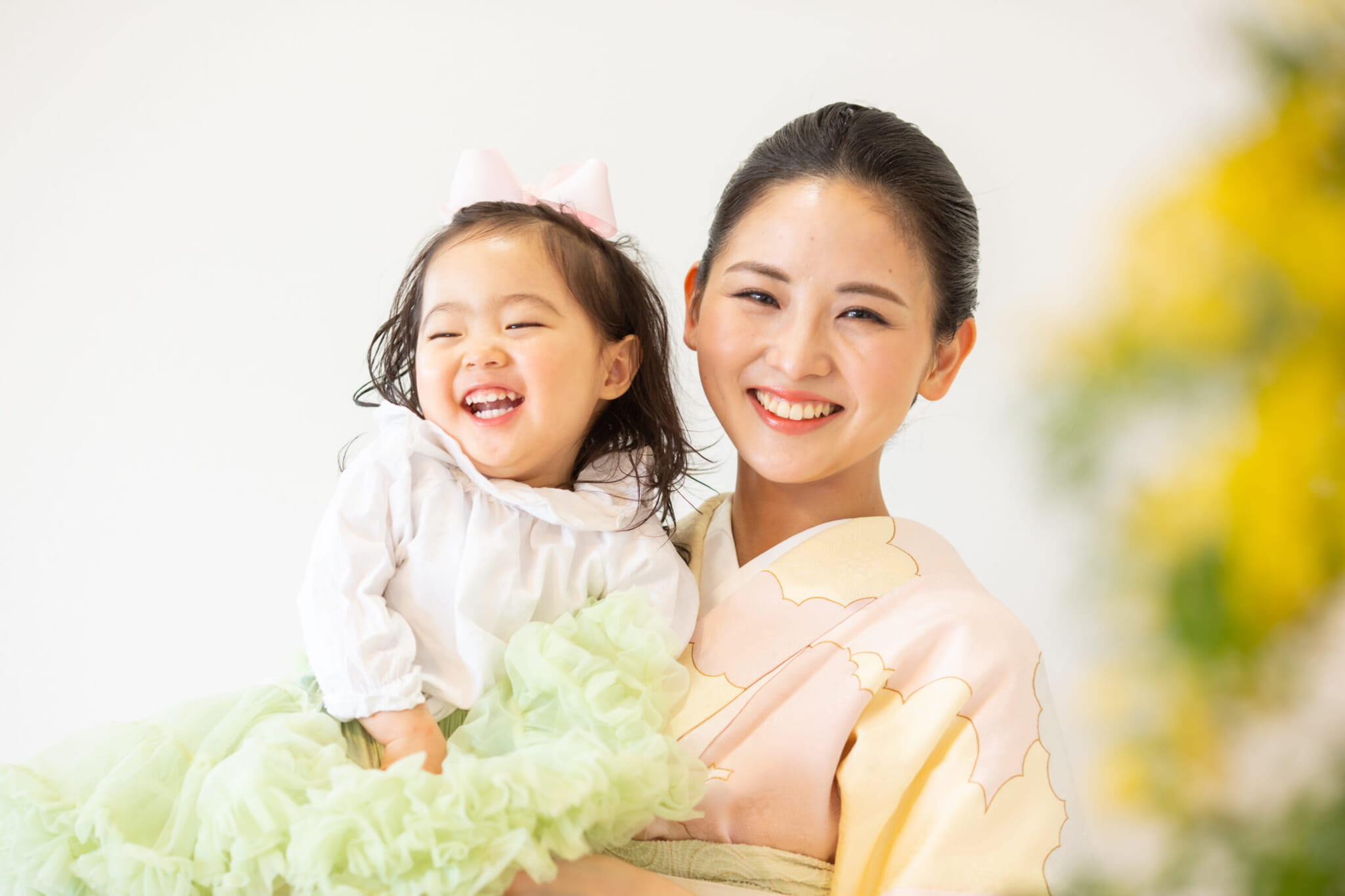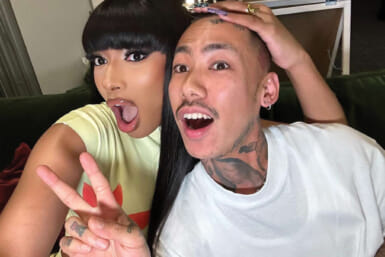Moe, also known as Kimono Mom, stands in front of the camera dressed in a traditional kimono with a white apron, her daughter, Sutan, by her side. The former geisha — who became a mother and then a YouTube star — has amassed over 2.8 million subscribers from all over the world, who tune in to her channel for cooking videos, vlogs on a variety of Japan-related topics and a glimpse at the mom life in Japan.
Our interest piqued, Tokyo Weekender sat down with Moe to talk about her beginnings and what it’s like creating content for YouTube with her daughter.
Full Interview with Kimono Mom
What was meaningful about your experience as a geisha?
I became a maiko, or geisha-in-training, at the age of 16, and that’s when I experienced life as a working adult and living with other people for the first time. It’s not really that different from a student entering the workforce.
The thing I enjoyed the most about being a geisha was walking the streets of Kyoto wearing traditional Kyo-yuzen kimono, which are made with textiles dyed using techniques from Edo-period Kyoto, zori sandals and ornamental hairpins called kanzashi, and holding a traditional basket, with all items made by the talented hands of artisans. I was so proud to be part of Kyoto’s heritage and tradition. My teenage and adult years spent being a geisha became the foundation for my whole life.
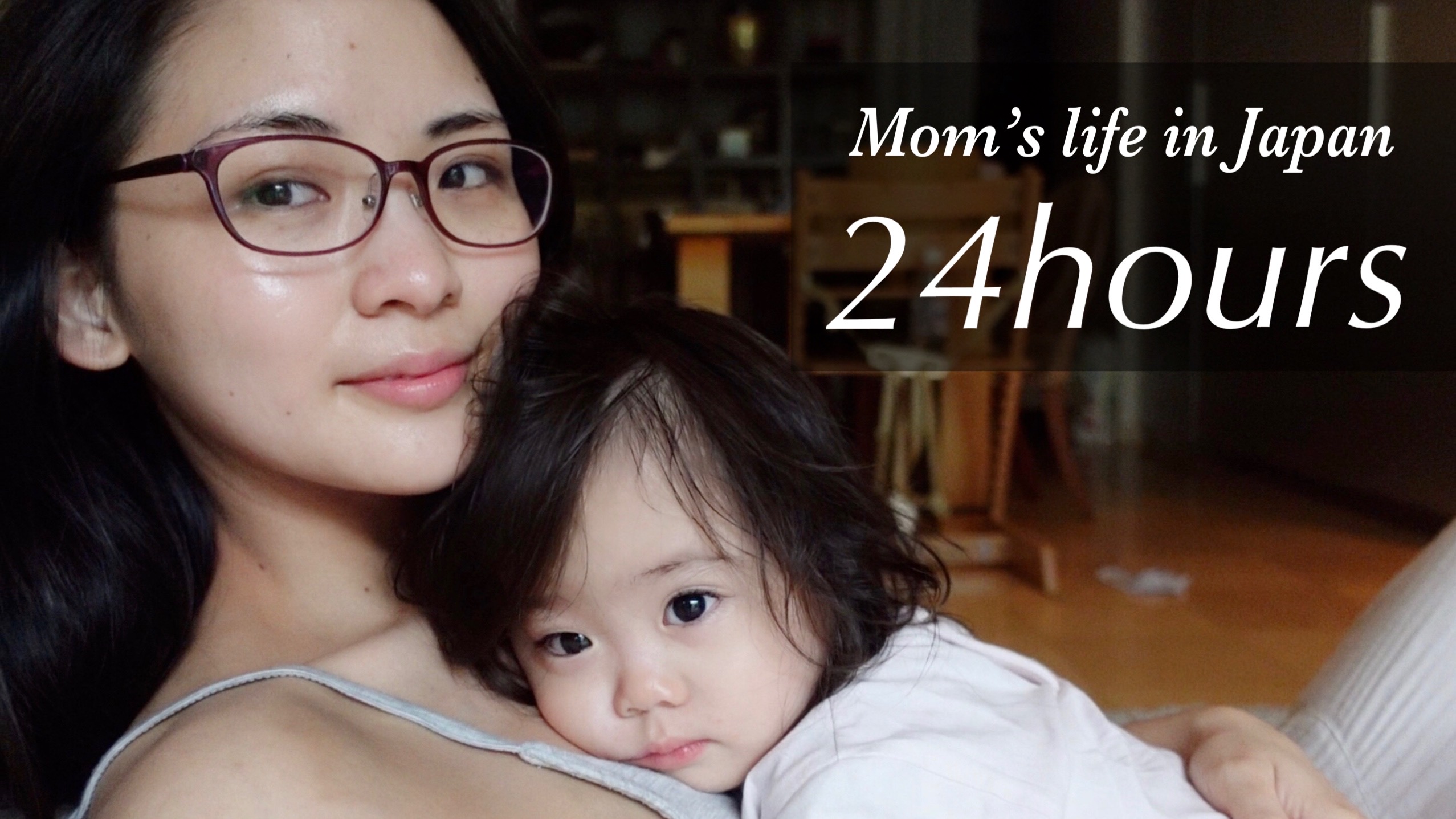
What did you find most difficult when starting your YouTube channel?
The most difficult part was that when I started my YouTube channel, Sutan was only 10 months old and crying all the time. At first, I didn’t think of starting the channel with her. I was struggling mentally with the postpartum period because, compared to my busy past life as a geisha, I was stuck at home, looking after a baby 24/7 and wondering what I was doing with my time.
There were times when I realized I hadn’t talked to anyone for the entire day, or I hadn’t been able to take on any other tasks in the house. I had nothing about myself that I was proud of. I desperately wanted to change something about my situation, so that’s why I started my YouTube channel. I did all the video editing by myself, and only after Sutan fell asleep. When Sutan would wake up crying, I’d take care of her. After she’d fallen asleep again, I’d be back on the computer editing, which I’d never done before.
How did you decide on your YouTube channel’s content?
When I was brainstorming content ideas for my channel, I knew I wanted a lot of people to see my videos. I wanted my content to be as universal as possible and not niche.
I always cook three meals a day for Sutan and my husband. I was already short on time in my day, so I wanted to create content out of what I did every day. So I started filming myself cooking dinner while wearing a kimono with Sutan in my arms.
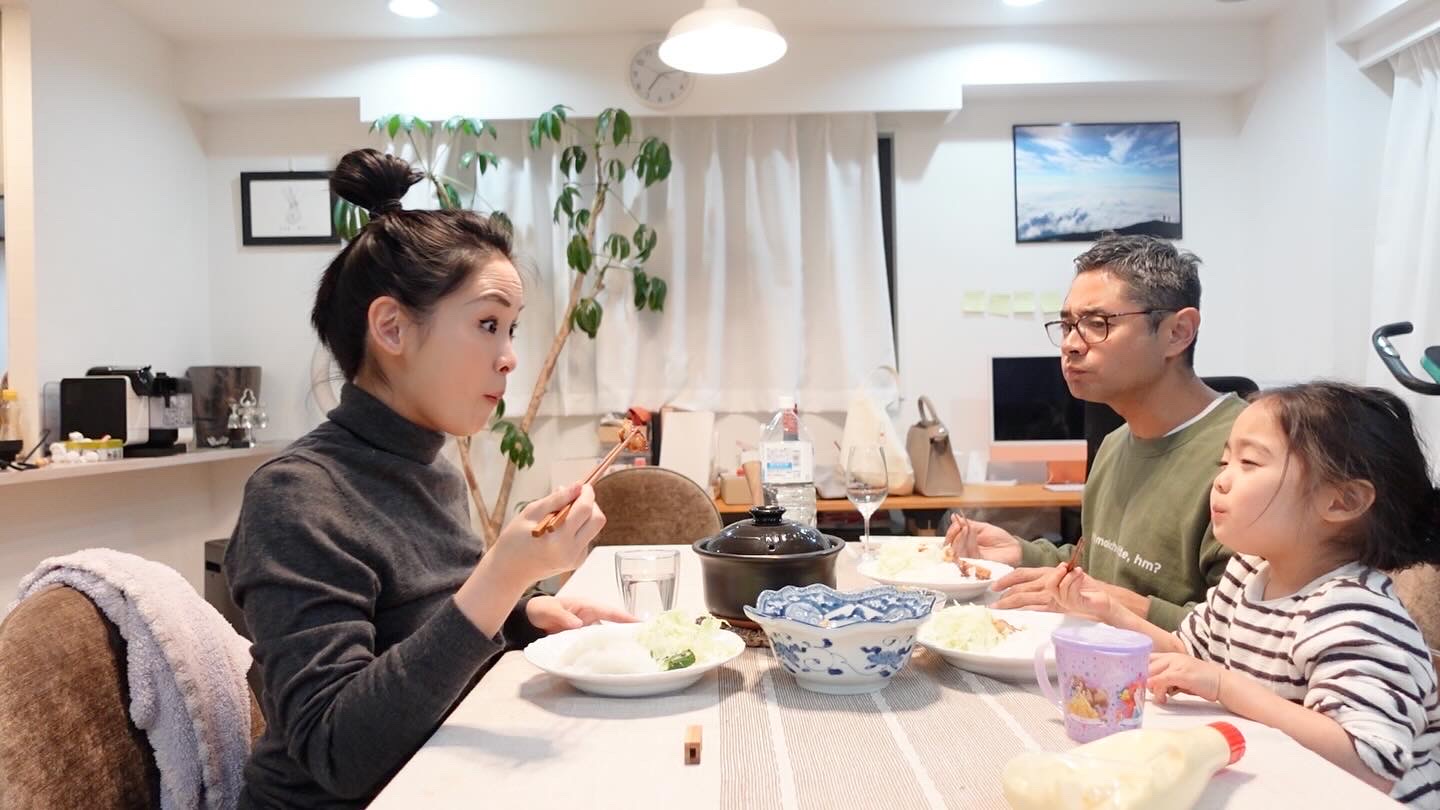
What does being a mother and housewife mean to you?
Actually, until six years ago, I always said that I never wanted to be a mother or housewife. I thought I would go back to work after I had Sutan. My mother and my grandmother were both full-time housewives.
When I said I wanted to be a maiko, my mother said, “I want you to graduate high school, graduate from university, get married and become a housewife like a normal woman.” I really hated that; that’s why I always said I never wanted to be a housewife. Now, I can understand and truly respect my mother for raising three children.
In my first marriage, I had no other choice than to become a housewife. After I got divorced, remarried and had Sutan, my feelings against becoming a housewife became even stronger. But there weren’t any nursery schools or people I could ask to look after Sutan, and my health wasn’t in great shape, so I was in no position to work.
I think it’s amazing for women to make the choice and want to become housewives and put their all into the role. Finding meaning in your ordinary daily life is important. Making videos is all for Sutan when she’s older, so she can look back to see all the foods she’s eaten, to see how she was loved growing up. She truly is my motivation and driving force.

Have you had any concerns about putting Sutan in the public eye through YouTube?
This is something we always talk about within the team. Of course, some people may feel sorry for Sutan. We always make sure there are no strange changes happening to her. In the beginning, I used to edit, but now that we have other editors on the team, I always make sure to look through the images and videos we post online as Kimono Mom.
Who is your role model?
That would be my mother. Even now, I always go to her for advice. My mother is my complete opposite, and she supports her husband and children with her all. She would often say that her husband and children were her biggest pride and joy. Thanks to her, I was able to challenge myself and try different things.
I want to give the same sense of security to Sutan that my mother gave to me. When I got divorced or was struggling with failure, she always made hearty food and waited for me to come home. She didn’t push me, instead waiting until I was ready to talk. I really want to be that for Sutan, her place of safety and security.
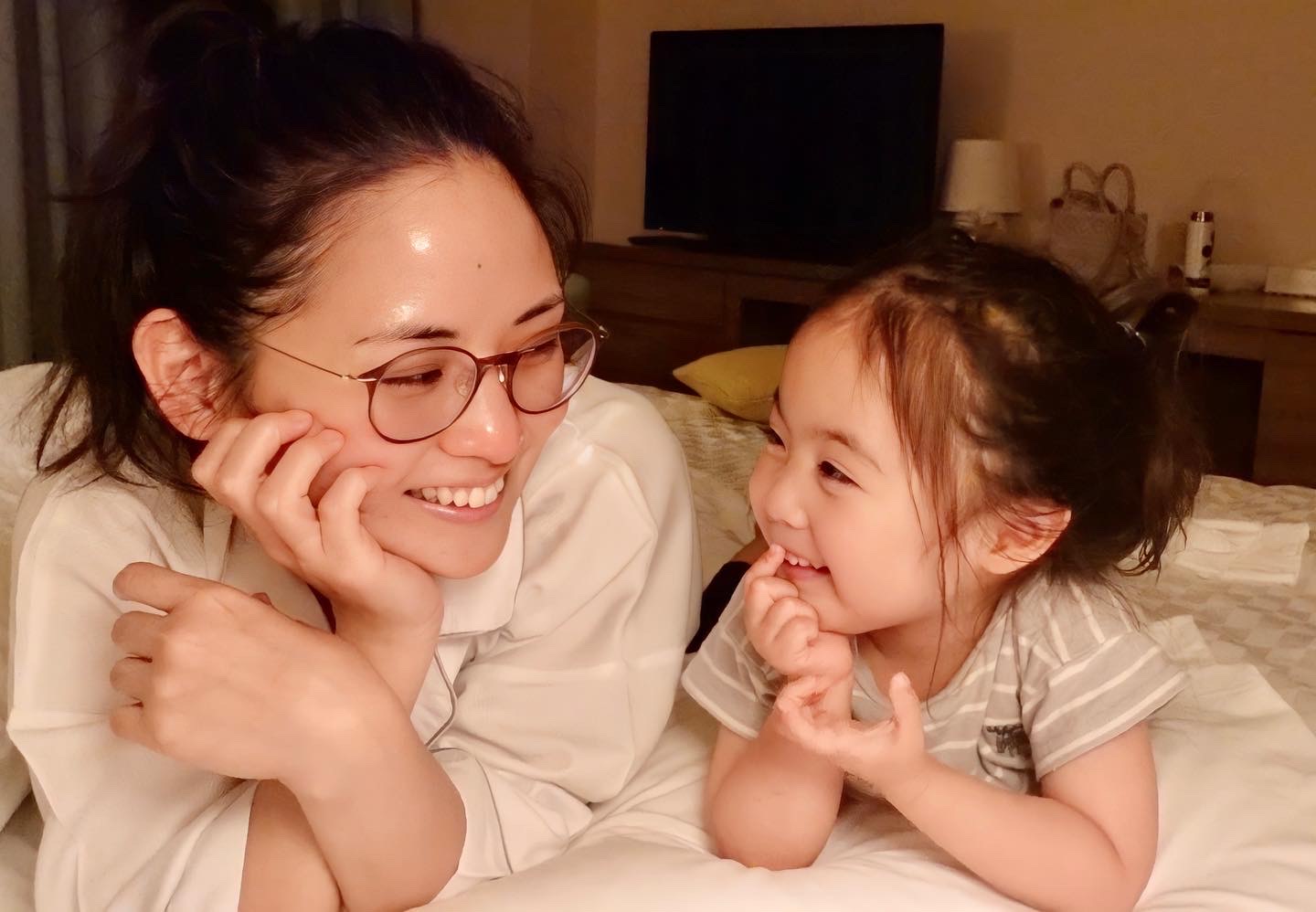
What does it mean to be truly yourself?
To take responsibility for your own life and make your own choices to move forward, without anyone forcing you to do so.
What are your hopes for Sutan growing up?
I hope she continues to be fearless and not afraid of doing whatever she puts her mind to. I don’t want her to give up on things just because she’s a girl or because of any social construct. When I was younger, my mother would always tell me to come home earlier than my brothers, just because I’m a girl, or to keep my legs closed because I’m a girl. I hope Sutan will be able to have her own will and do exactly what she wants to do and see it through.
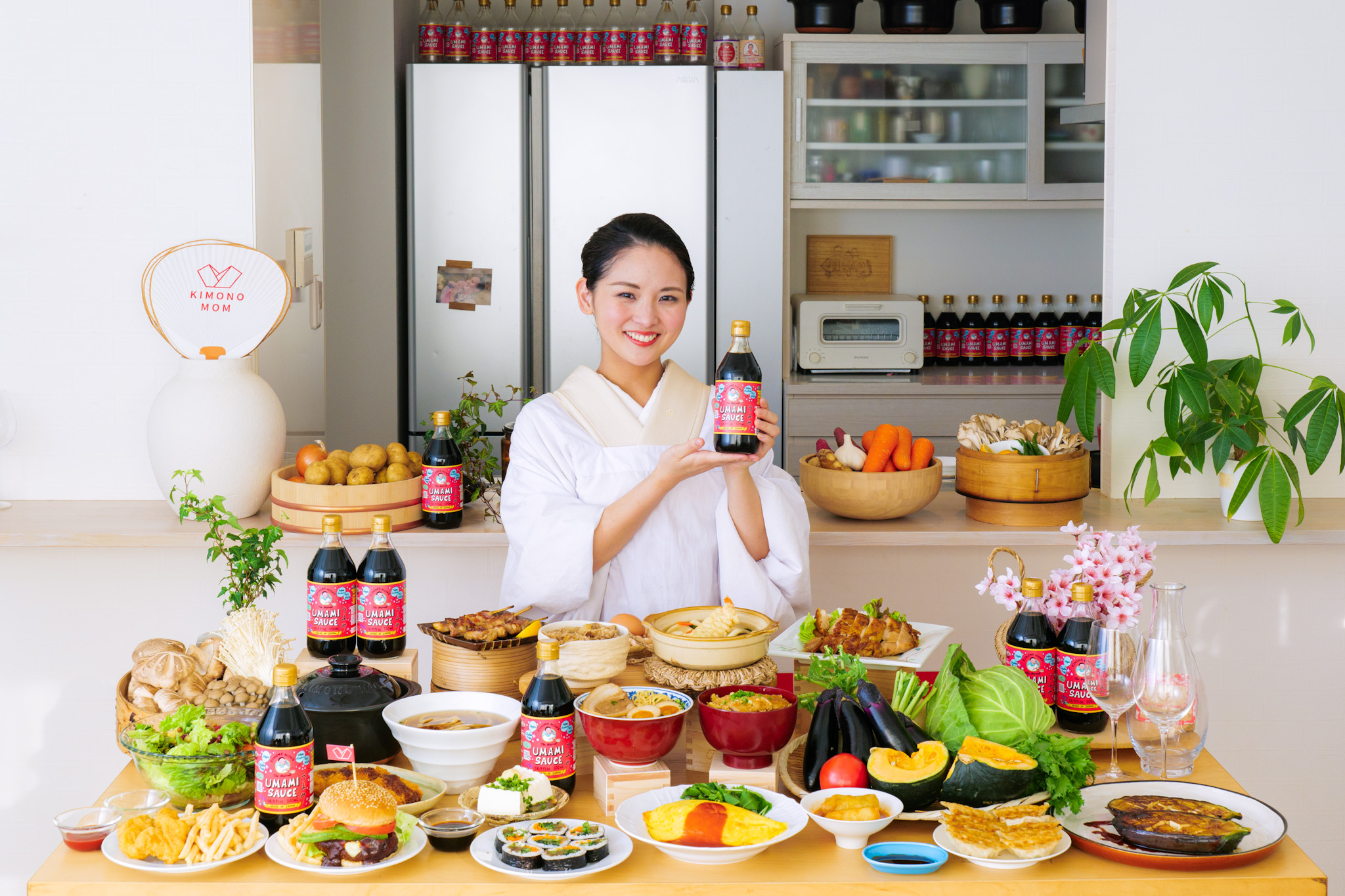
You developed a condiment called Umami Sauce to simplify cooking Japanese food. What was the creation process like?
Production took around two or three years. It was a challenge to create soy sauce that was vegan, gluten-free, non-alcoholic and MSG-free. I was refused by so many soy sauce manufacturers throughout the process. I wanted full responsibility, so I had to look very hard for a soy sauce manufacturer that would let me create a soy sauce by Kimono Mom for the fans and people who have supported me all this way.
I wanted to make something that we could all share at the dining table, despite our different backgrounds, religions or food restrictions, and eat together. A Malaysian customer came to the launch and bought 20 bottles. The customer lived in Japan for a long time but couldn’t cook Japanese food for her family because they are Muslim. There was nothing she could send back home that they could use. Now, with Umami Sauce, the customer can share what she has eaten and experienced with her family.
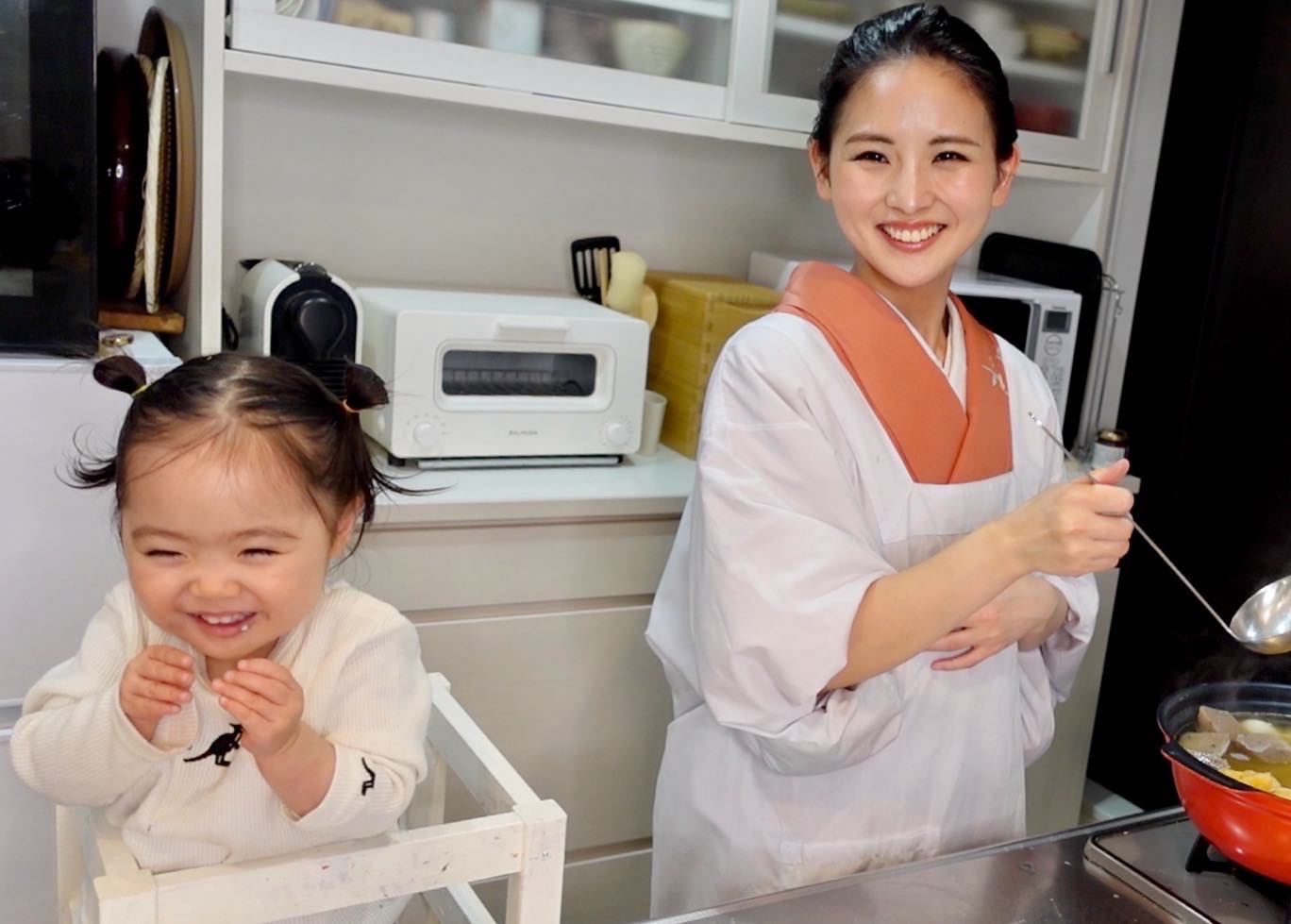
Do you have any other exciting projects in store?
We’re actually developing an okaki, or rice cracker, made with Umami Sauce. There aren’t a lot of snacks that everyone can eat all together, which I realized with the Kimono Mom team because a few members are vegan and have various food restrictions.
We’re also thinking of producing an organic matcha set with a bamboo whisk for making Japanese tea in both adult and children’s sizes. I think you can only make tea for yourself if you have a little bit of spare time or room to care for yourself. I wanted Sutan to get in the habit of serving tea from a young age so she could learn to serve tea for herself and others, and she loves serving matcha.

